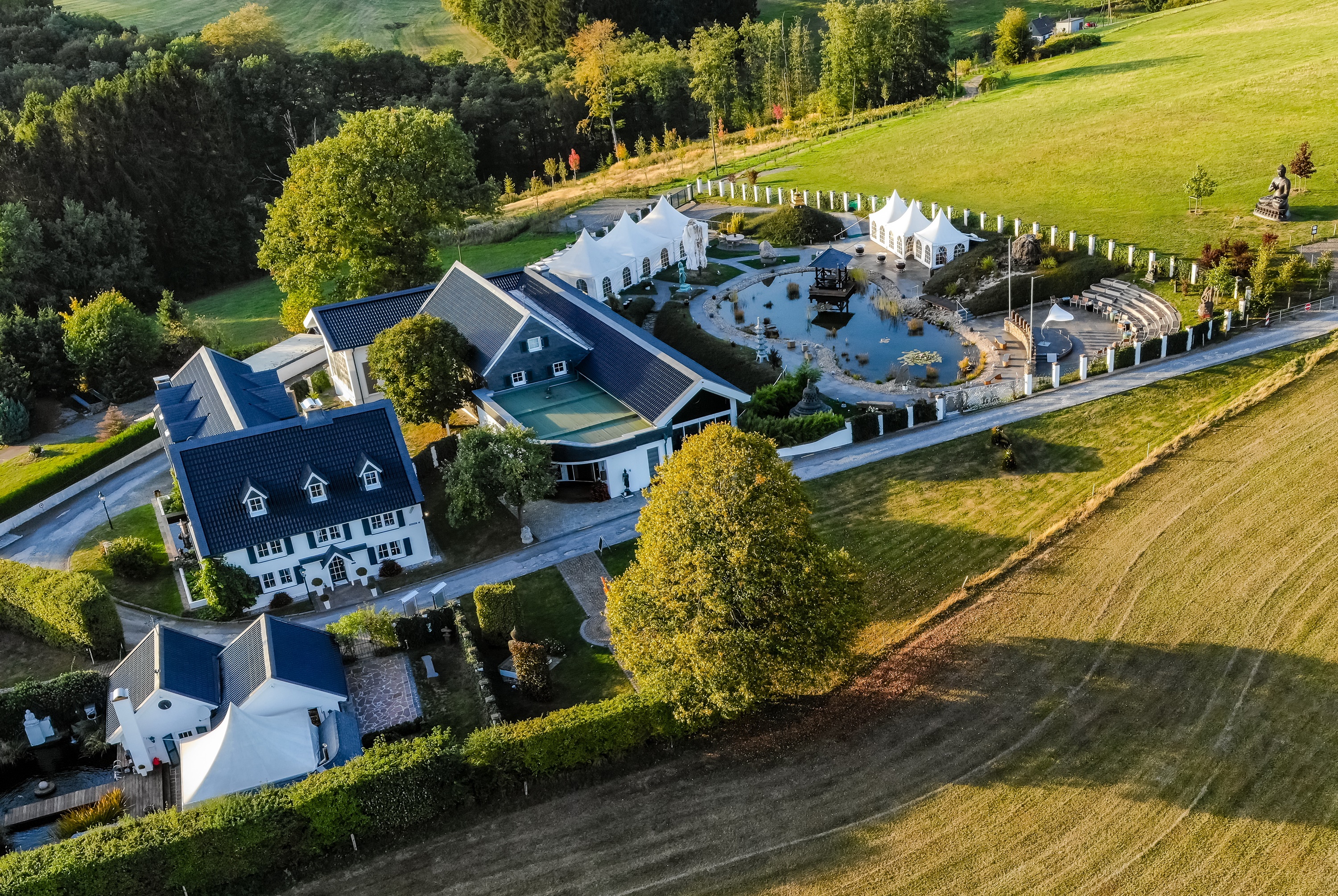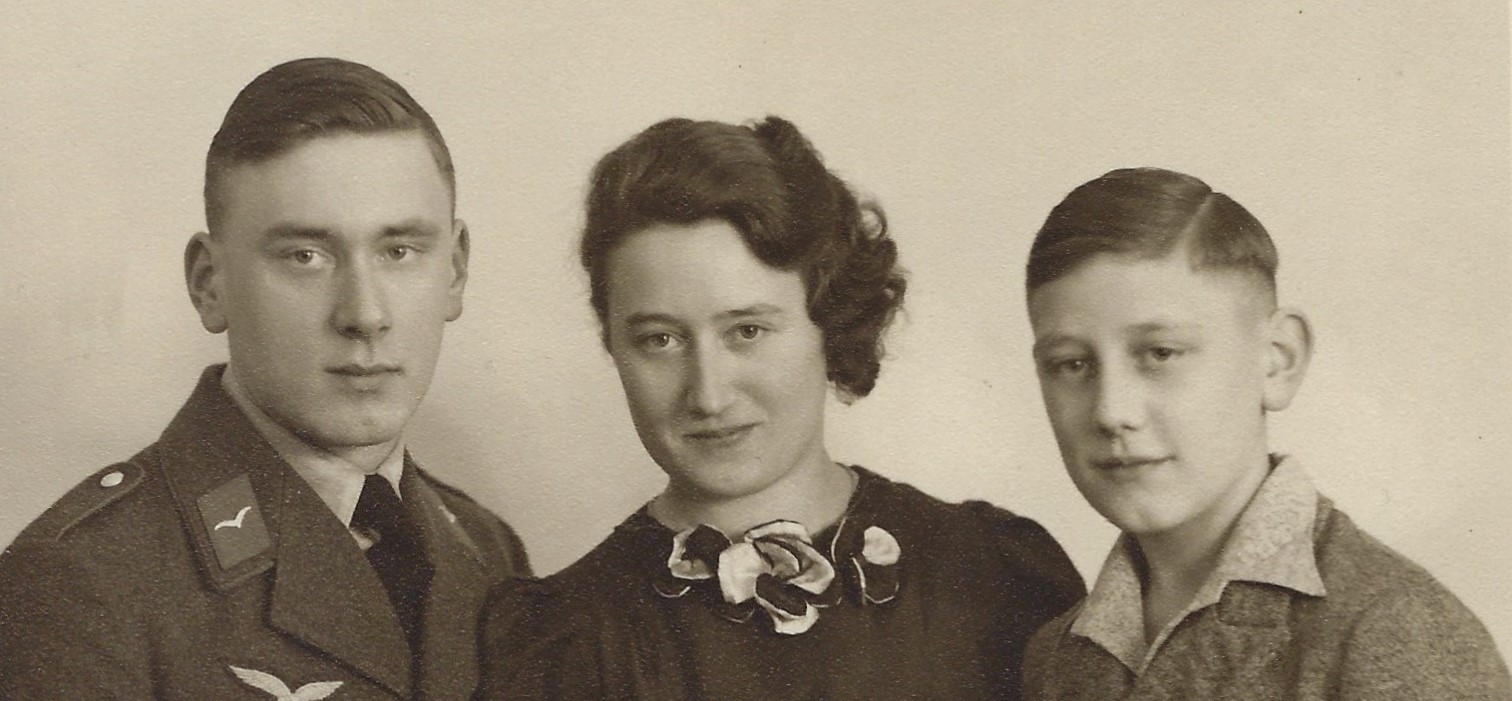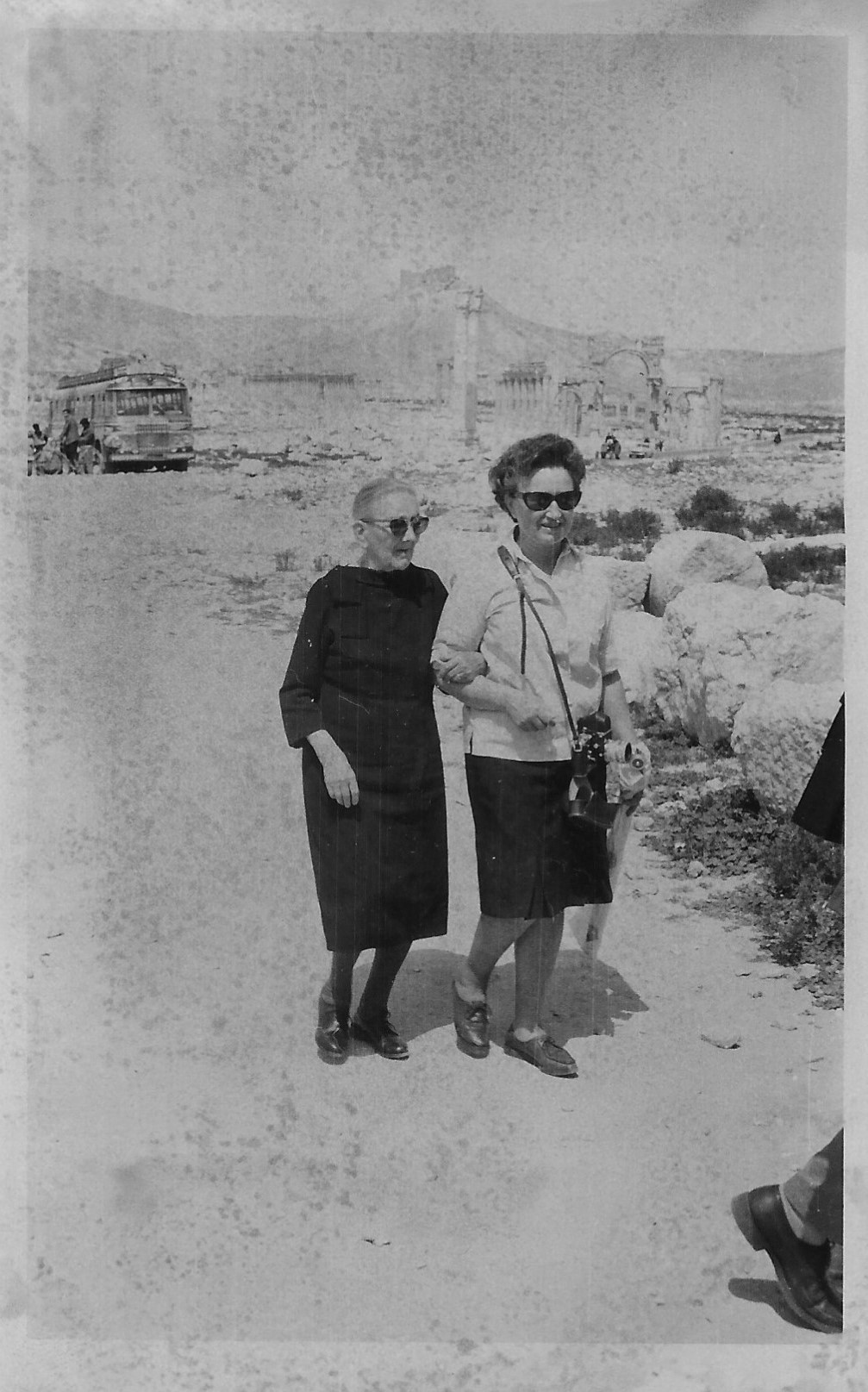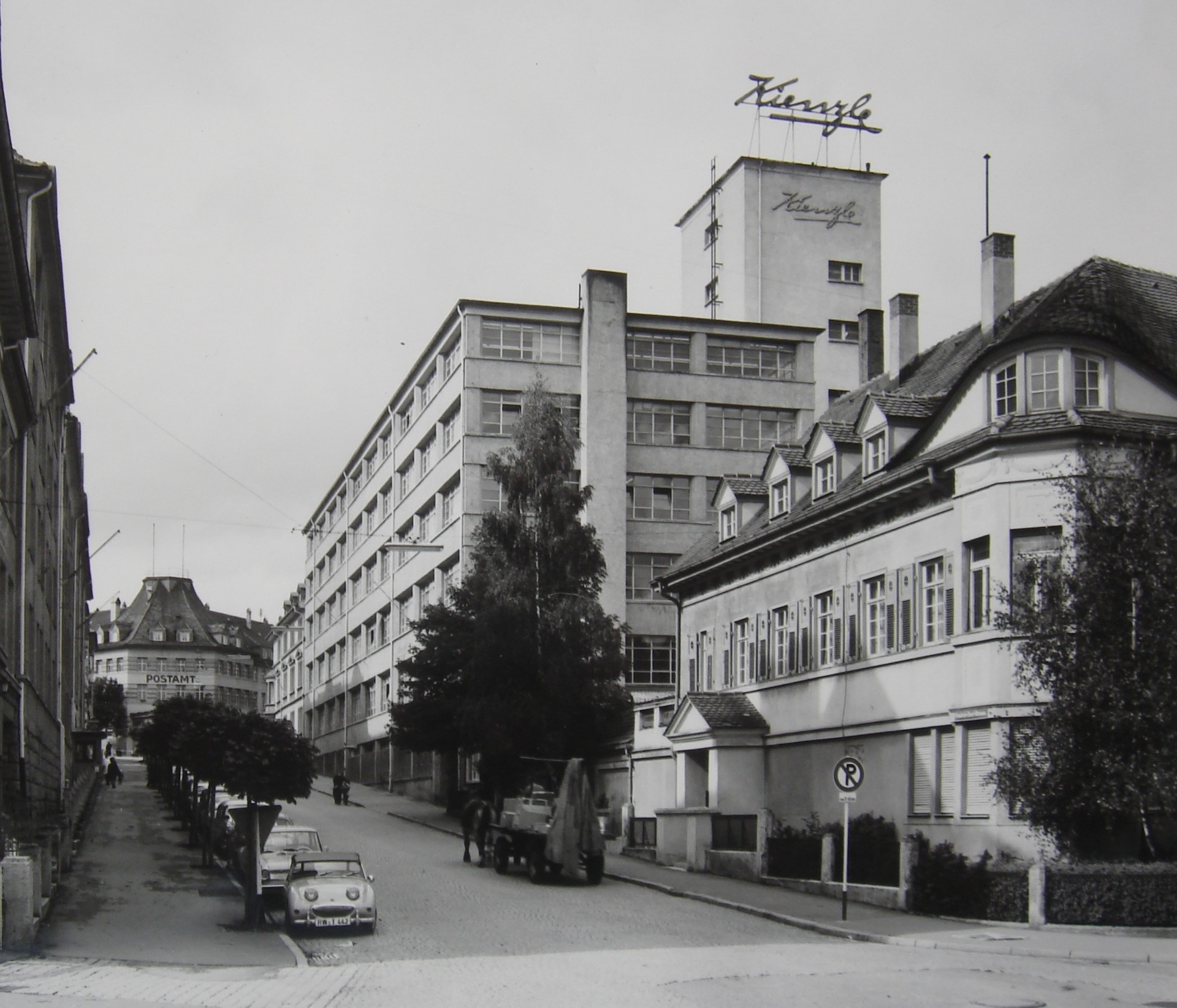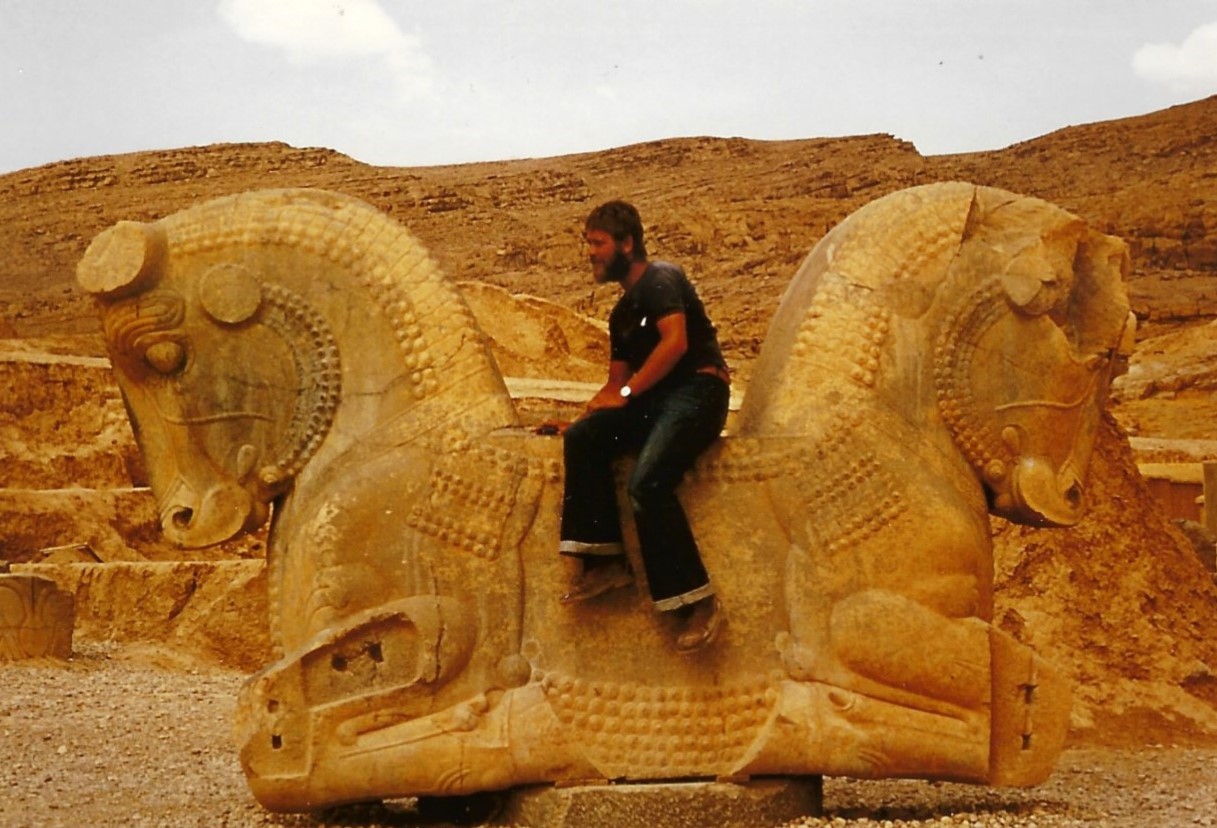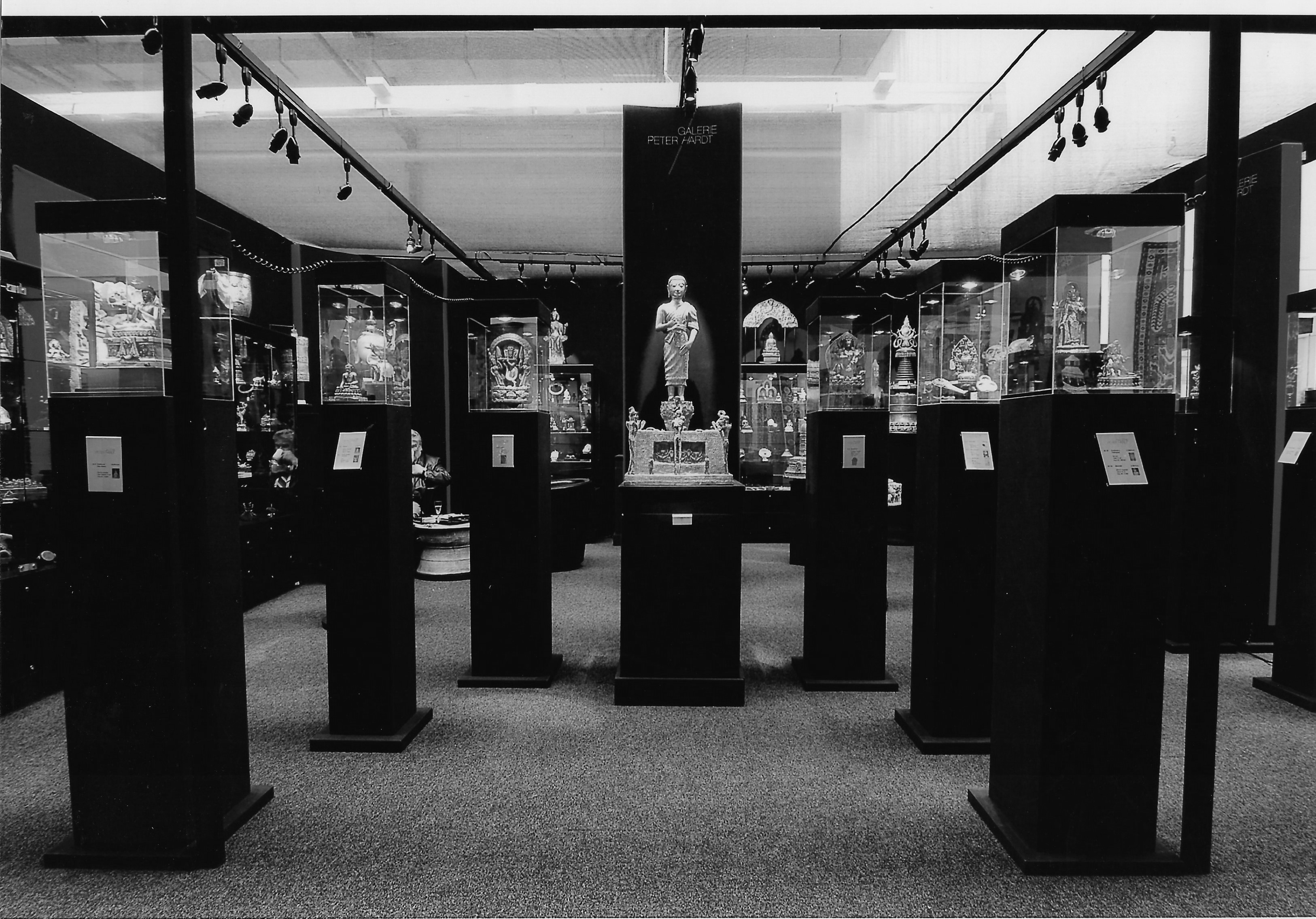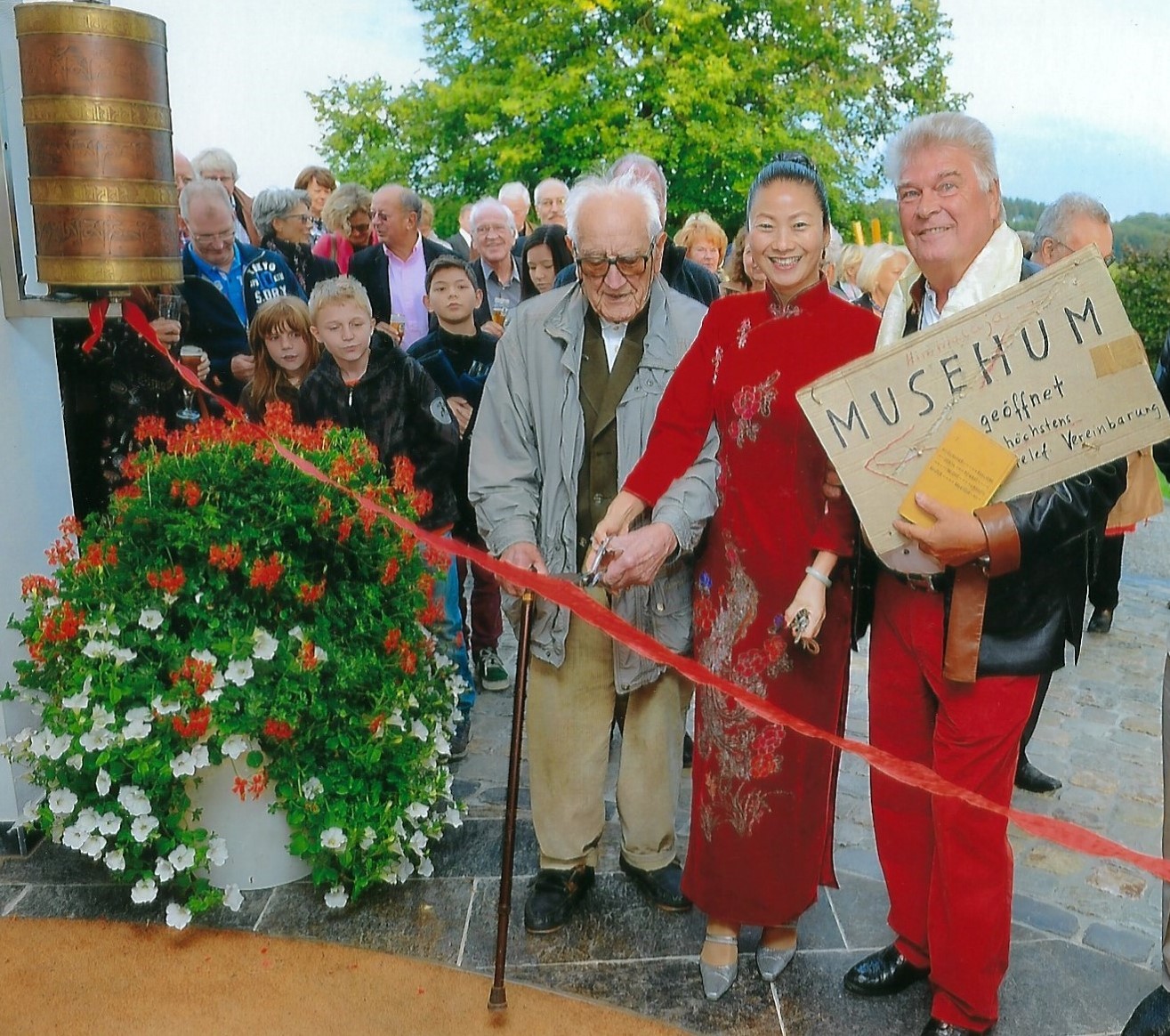It is a special honor to present to you a collection that is truly one of a kind. The Peter Kienzle-Hardt Collection stands as a remarkable testament to the passion, dedication, and vision of its creators. This treasury of Buddhist and Himalayan art, assembled over decades by the Kienzle siblings and lovingly preserved through the stewardship of their sole heir Peter Kienzle-Hardt, reflects not only their shared fascination with Asian culture but also their profound respect for the spiritual and artistic heritage of the regions they explored. In this overview, we invite you to discover the compelling story behind this extraordinary collection, its journey through time, and the legacy it offers to connoisseurs and collectors around the world.
